Every morning, as I prepare his food, our black-and-white lurcher, Ozzy, looks up at me with the warmest of eyes. He will give me the eyebrows too. The cutest of smiles. He will cock his head in expectation of food, and seems to know that I will give it to him, devoted as I am.
“Does he really love me?” I wonder, as he waits patiently for his tripe with his tail wagging furiously. Because sometimes I have the vaguest feeling I am being hustled. Like I am one of Pavlov’s dogs and he is Pavlov, conditioning me with cuddles and baby-faced eyes to do nice things for him.
Is this love or something else? Can dogs ever really love their humans like we love them? It turns out that questions like these have a rich scientific history, with an exciting conclusion that could forever change our relationship with dogs.
The story of dogs and emotions begins in the Victorian era, when the question sparked one of the first culture wars in history. It involved banners, placards and leaflets. It had burning effigies and vandalised statues, angry marches and speeches in packed-out town halls. At one point, hundreds almost fought in the street. They were ready to fight about whether emotions like love were uniquely human or common to many animals, particularly social mammals such as dogs.
On the one side were those who drew support from Charles Darwin’s ideas about how mammals (including humans) share common ancestors. They argued that dogs were capable of many (or all) of the emotions we feel, differing only by degree. On the other side were medical scientists who saw dogs as little more than automatons – machine-like subjects acceptable for medical experiments.
The medical scientists favoured a rational, objective approach to their craft – one that found sentimental ideas about whether dogs have emotions to be both unprofessional and even unethical, because it threatened to hold back the progress of medical science.

About objectivity, the medical scientists had a point that is still relevant today. It is clear that many animal scientists in the modern era remain reticent about the use of the term ‘love’ in non-human animals because the concept is too subjective. After all, if generations of poets cannot agree on a definition of love, then what hope might science have? This is why many dog researchers prefer the word ‘attachment’ when referring to the bond that dogs have with us.
“Attachment is a particular, measurable aspect of love; specifically to the reassurance that an individual can gain from the presence of a beloved other,” explains Dr Clive Wynne, dog behavioural scientist and author of Dog Is Love. “It is particularly talked about in the strong bond between parent and child, and that makes a good model for the relationship between dogs and people.”
Wynne thinks of love as an everyday term. Not suitable for scientific papers or articles, but permissible for common use. But he certainly does not shy away from the L-word when describing his own doting companion, Xephos.
“We love her. She loves us,” Wynne has argued. “Actually, she loves almost everybody. She very, very rapidly makes these strong, powerful connections with people.”
Read more about dogs:
- The 5 biggest dog training myths debunked by science
- Dogs' secret superpower: not intelligence, but love
- No, Bunny the talking dog can’t really speak English, but here’s how you can learn to speak dog
How do we know dogs love us?
Dogs really do appear to attach, psychologically, to their human companions in a way we recognise. In tests that involve ‘strangers’ walking into a room that already contains a dog and its human companion, for instance, dogs react in a manner broadly comparable to human children. In uncertain environments, they’ll spend more time near their human companions and, when left alone with strangers, dogs spend more time nearer the door.
Domestic dogs seem naturally to attach to their human companions in other ways. In one experimental setup where dogs and hand-reared wolves were offered the choice of food or their caregiver, many dogs, as well as investigating the food, also came to their caregivers for cuddles and attention. Wolves, predictably, thought only of their stomachs.
In another experiment, where human caregivers feigned being stuck in a box, their dogs showed signs of distress, crying and whining and pawing at the box to help the caregiver escape.

“Dogs really do seem to look up to their humans in a way similar to the love between child and parent,” adds Wynne.
Even the physiological mechanisms – the brain hormones and neurotransmitters – that control these attachments appear comparable between humans and dogs. Most prominent is the role of oxytocin, a molecule associated with pleasurable emotional states in mammals. Oxytocin is especially important in humans. It surges, particularly, when breastfeeding or during sex, acting as a natural drug that promotes the social attachment that helps guarantee the survival of genes into future generations.
Dogs have surges in oxytocin when they attach with other dogs but, crucially, they also have the same oxytocin surges around humans. In fact, when dogs and their human companions look into each other’s eyes, oxytocin levels in both species rise dramatically. In one study, just half an hour of loving glances between humans and their dog companions was all it took to see levels of oxytocin more than double.
Why do our dogs love us?
Why have dogs evolved to be like this? Why do so many domestic dogs attach to humans so strongly? In recent years, research into the genetic makeup of dogs has offered some interesting insights into why this might be.
Most notable is that dogs are social by nature. Quite literally, they have sociality written into their DNA, upon two genes GTF2I and GTF2IRD1 that are known to influence social behaviours in mammals, including humans. Mutations on these genes can lead to more sociable behaviour.
“The average dog carries two to four of these insertion mutations, with some breeds – or groups of breeds – carrying far fewer while others can have many more,” says Bridgett vonHoldt, an associate professor of evolutionary genetics at Princeton University. “It is rare, but not impossible, to find dogs that carry more than six mutations.”
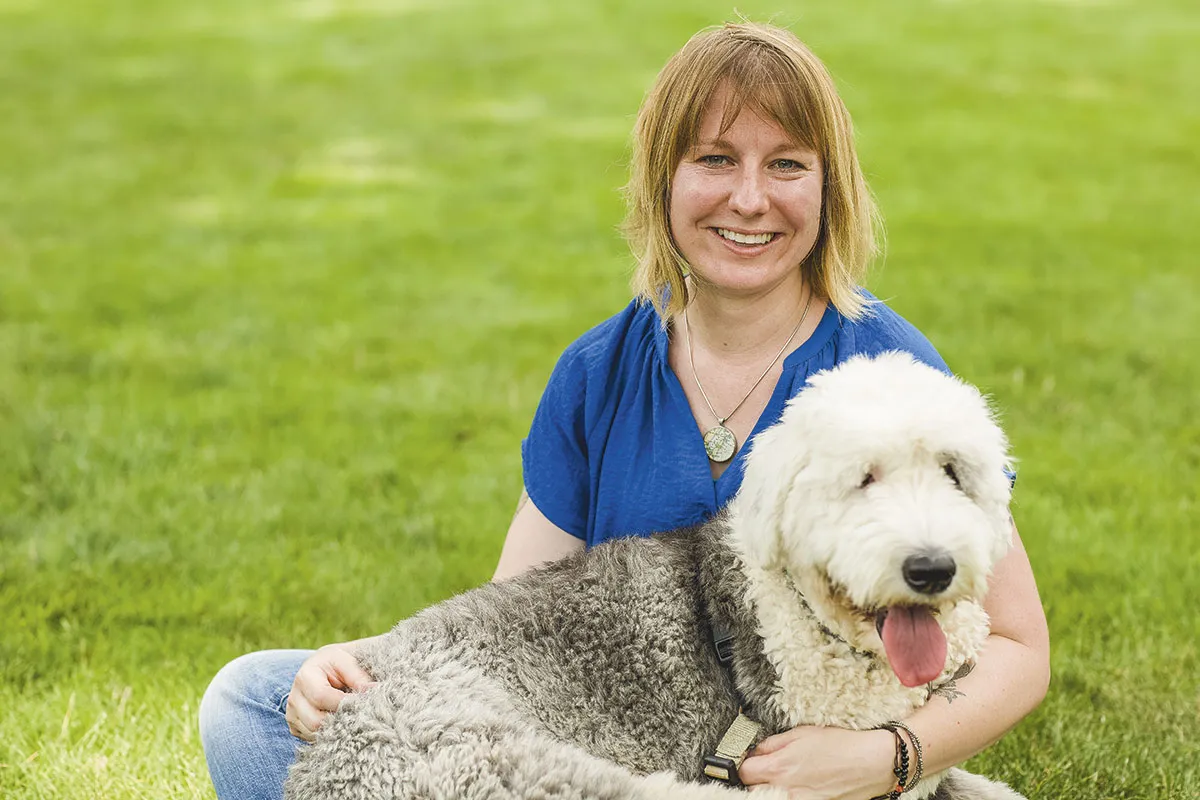
As luck would have it, vonHoldt’s dog, a smiling, bounding sheepdog known as Marla, scores a five. For this reason, she is termed ‘hypersocial’.
“It has been amazing to watch her grow up and develop her personality,” vonHoldt says. “Whether I blame her genetics or upbringing, Marla is quite bossy when it comes to demanding attention. For people she knows well, she is indignant if there is a conversation happening that is not focused on her with simultaneous scratches and adoration.”
In 2017, vonHoldt and colleagues completed their research into how GTF2I and GTF2IRD1 differed in frequency across dog and grey wolf populations, concluding that there was a “strong genetic aspect” to the ways in which dogs interact with humans. Food is likely to have been a key part of those early interactions.
“Those early wolves that carried as few as one or two mutations that influenced their social behaviour could very easily benefit from closer interactions with nearby human settlements and villages,” vonHoldt explains. “As this association with humans began to pay off, these mutations became more frequent, paving the way for dogs as you and I know them today.”
This means that a big part of the dog’s evolutionary history is down to two things: the survival of the fittest and the survival of the friendliest. A struggle for life; a struggle for love. It’s all written in the deep history of dogs.
Research like vonHoldt’s explains why and how dogs attach easily. But they get us no nearer to the big question: what does this attachment feel like for the dog? Is the love that we feel for our dogs in any way like the love they give back? How could we ever know for sure?
Our dogs' love and emotional needs
For more than 100 years, this philosophical quandary about objectivity was the intractable boulder blocking science’s way. But new experimental approaches are starting to see this boulder ever so slightly wobble, exposing exciting new lines of research. Leading the way is a black-and-white mixed breed called Callie, the first dog to willingly enter a functional Magnetic Resonance Imaging (fMRI) scanner and have her brain scanned.
Callie is something of a Rosetta Stone for those interested in the science of what animals can think and feel. In 2012, her human companion (the neuroscientist Prof Gregory Berns of Emory University) carefully devised a training routine to get her used to the loud noises and tight spaces within an fMRI scanner. This training routine proved so successful that it was later used with other dogs volunteered by their human family members.
What Callie and these other dogs proved is that the brains of dogs light up with emotions in a manner that broadly resembles human brains. Especially interesting was the discovery that the pleasure centres of Callie’s brain were aroused, not only upon being informed of upcoming food rewards, but also when their human companions made a surprise appearance to say hello. Even the smell of Callie’s human companion was enough to see Callie flush with pleasure, just as a human adult would upon seeing a child or vice-versa.
The conclusion? It’s love… or something close. It’s attachment, the same as we know.
So, what now? Should this glut of recent discoveries about dogs and their unique attachment to us change how we treat them? If dogs feel things like we do, is there more responsibility on us to make their lives better? Debate on this issue, in particular, rumbles on.
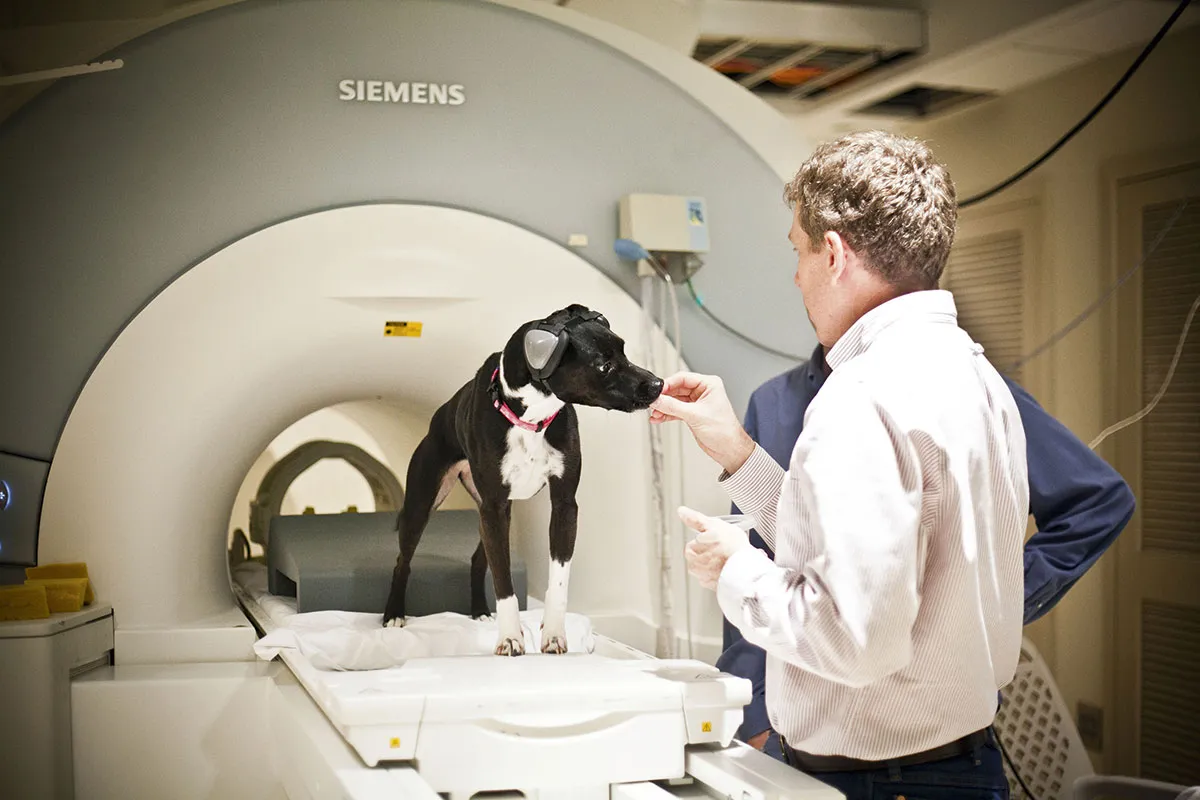
“Perhaps it time to rethink our relationship and move away from considering ourselves as owners?” argues Holly Root-Gutteridge, a postdoctoral dog researcher at the University of Lincoln. She prefers ‘guardianship’ as a descriptive for our relationship with dogs. “We guard their physical health, why not their emotional health too?”
Dr Sean Wensley, senior vet and author of Through A Vet’s Eyes, agrees: “Recognising the capacity for animals to experience feelings means that, morally, we must meet those animals’ welfare needs when they are under human care,” he says. “As our scientific understanding of those needs grows, so, practically, we can better tailor our care to ensure our dogs’ physical and emotional needs are both met.”
More than 100 years ago, science and society clashed about love. Today, thanks to some incredible discoveries, the two sides are more united than ever. But the human relationship with dogs is far from fixed in stone. It will continue to change, as new scientific discoveries light the path. The love affair between us is far from over. Our unique attachment continues.
5 ways to know if your dog loves you
Soft eye contact
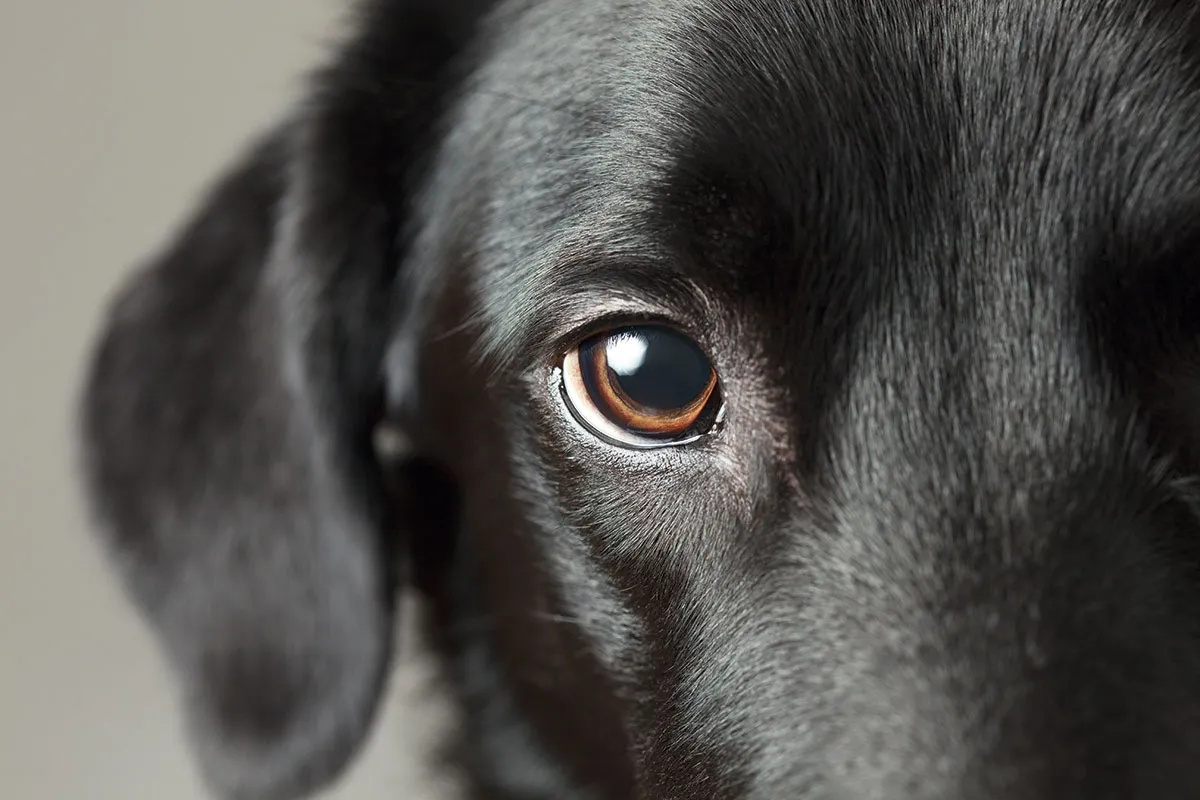
Direct prolonged eye contact can be quite intimidating for most dogs. But if your dog is happy to share soft gazes with you, it can mean that they feel comfortable connecting with you in this way.
Big wags
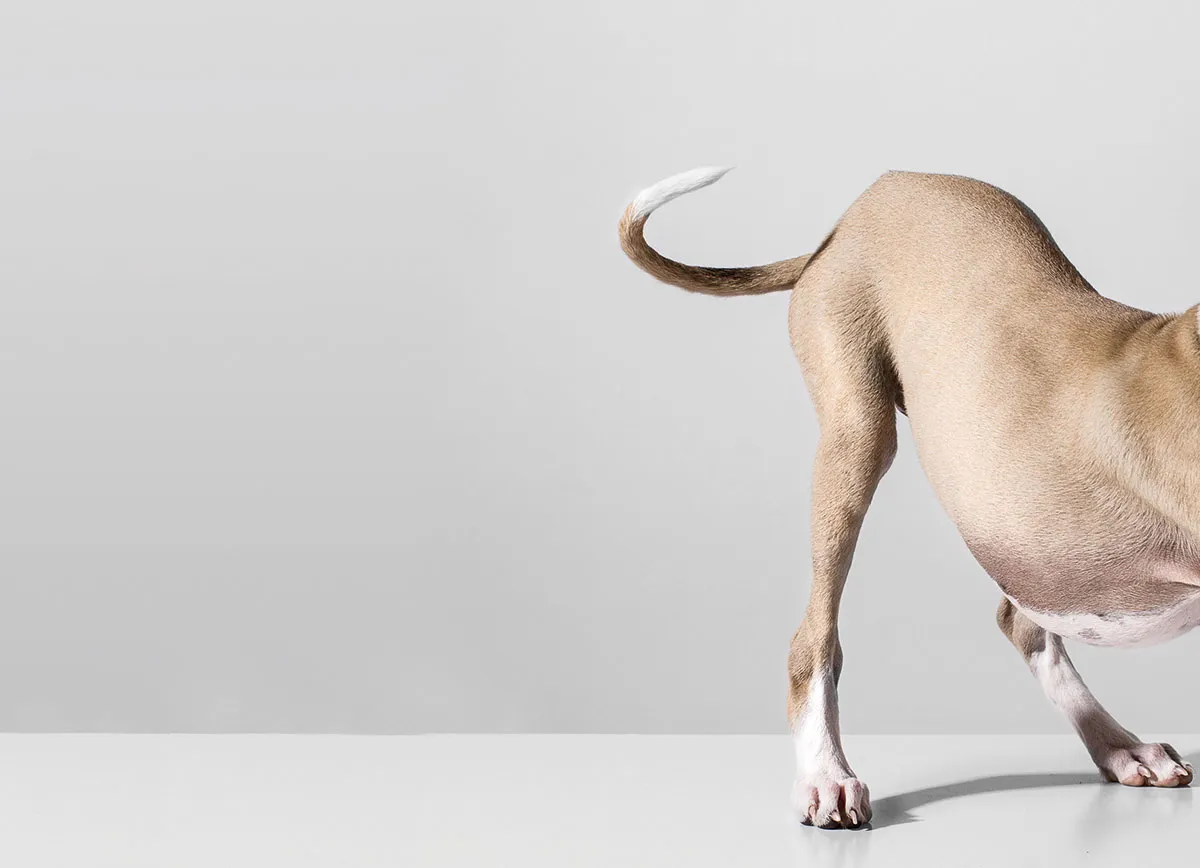
“Most of us know that dogs are happy to see us when they treat us to a full body wiggle and wagging tail,” says Claire Stallard, animal behaviourist at welfare charity Blue Cross. “But look for the ‘helicopter tail’ when the tail spins like a propeller – this is often reserved for a favourite person.”
Naps and laps
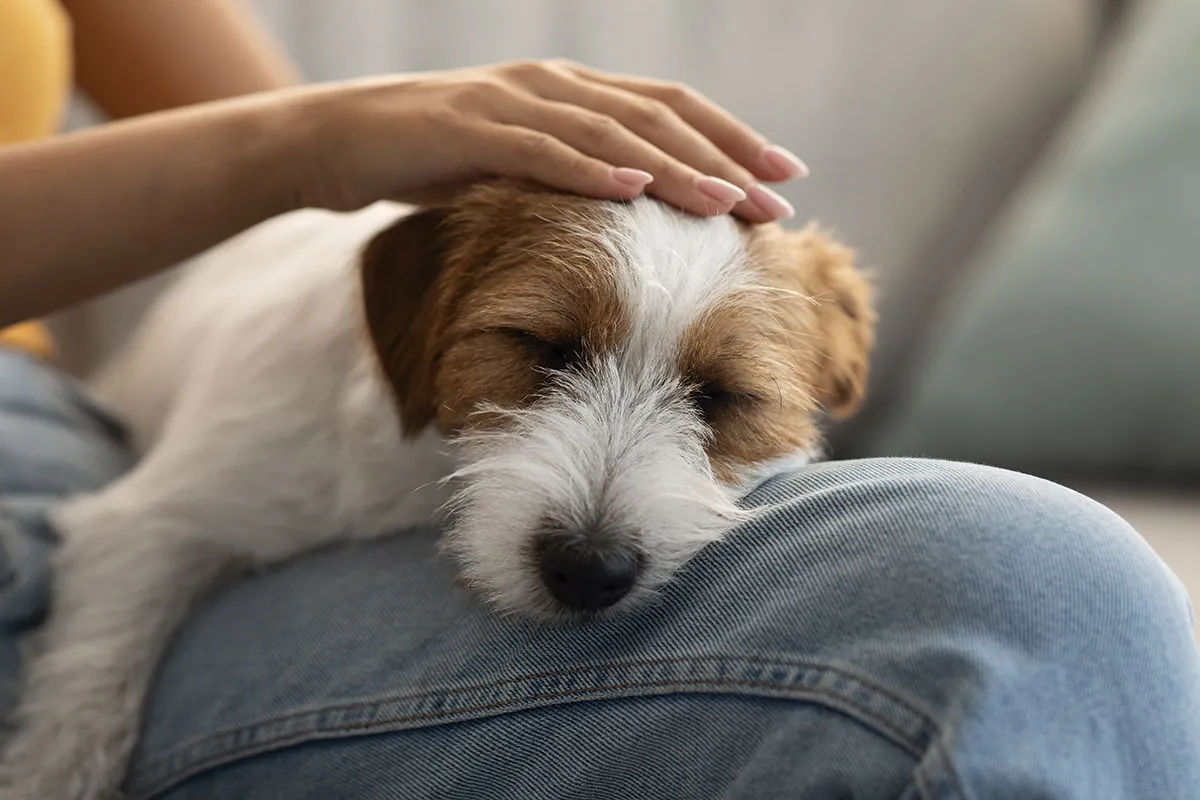
To keep warm and secure, dogs are fond of napping alongside one another. Often, they will actively choose family members they feel attachment with specifically for this purpose. “It’s important to remember that cuddling must always be on your dog’s terms,” says Stallard.
Licking

Dogs lick people for many reasons. It’s their way of gathering information about where you’ve been and they may even enjoy the salty taste on our skin. “However, many dogs seem to do it as a sign of affection particularly when they are saying ‘hello’ to someone they like,” Stallard adds.
Saying hello
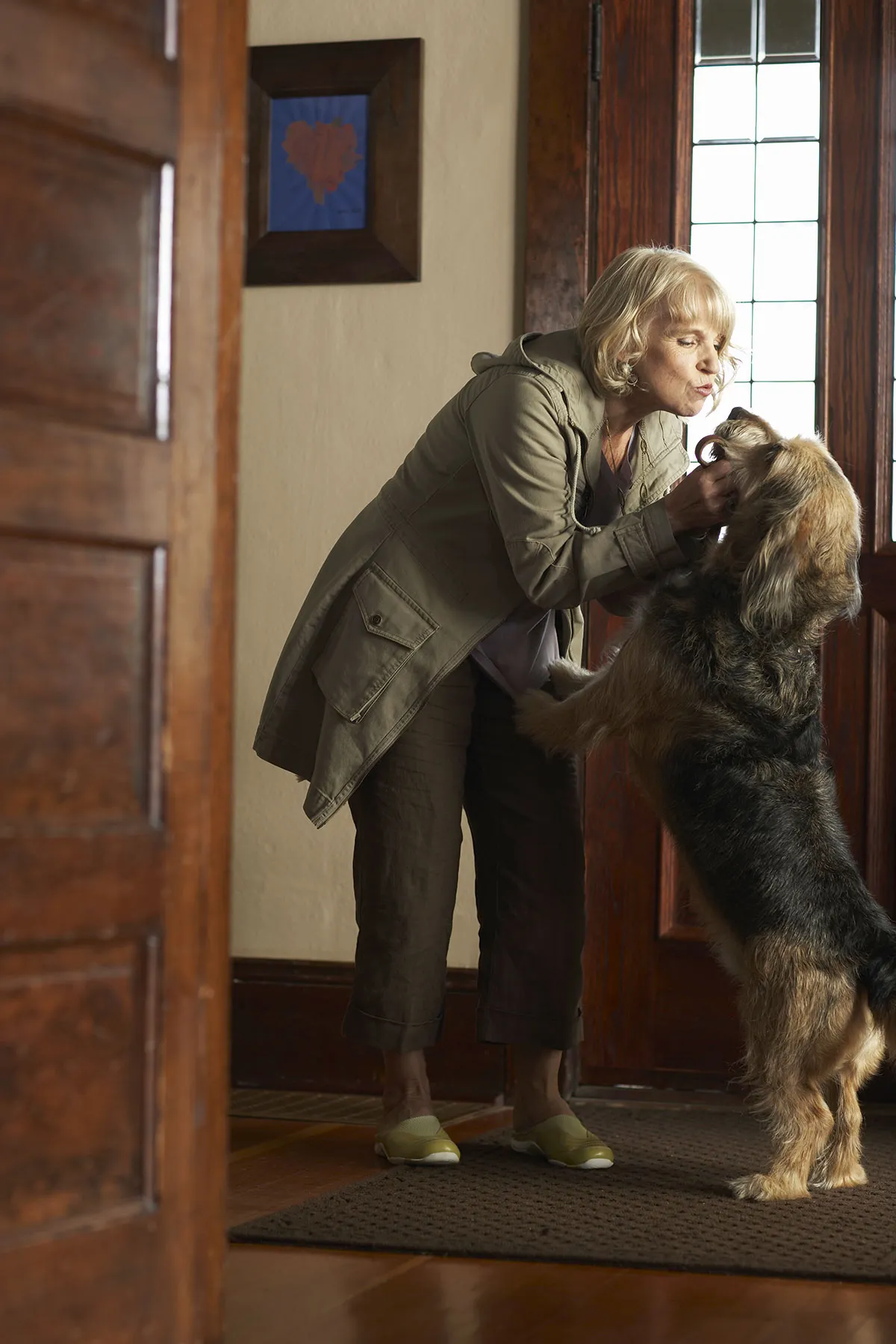
Many dogs undergo a significant positive emotional response when reunited with their human companions after a period apart. When reconnecting, look for tail-wagging, a full body wiggle, soft gazes, and an open mouth, often with tongue lazily exposed.
- This article first appeared inissue 377ofBBC Science Focus Magazine–find out how to subscribe here
Read more about dogs: